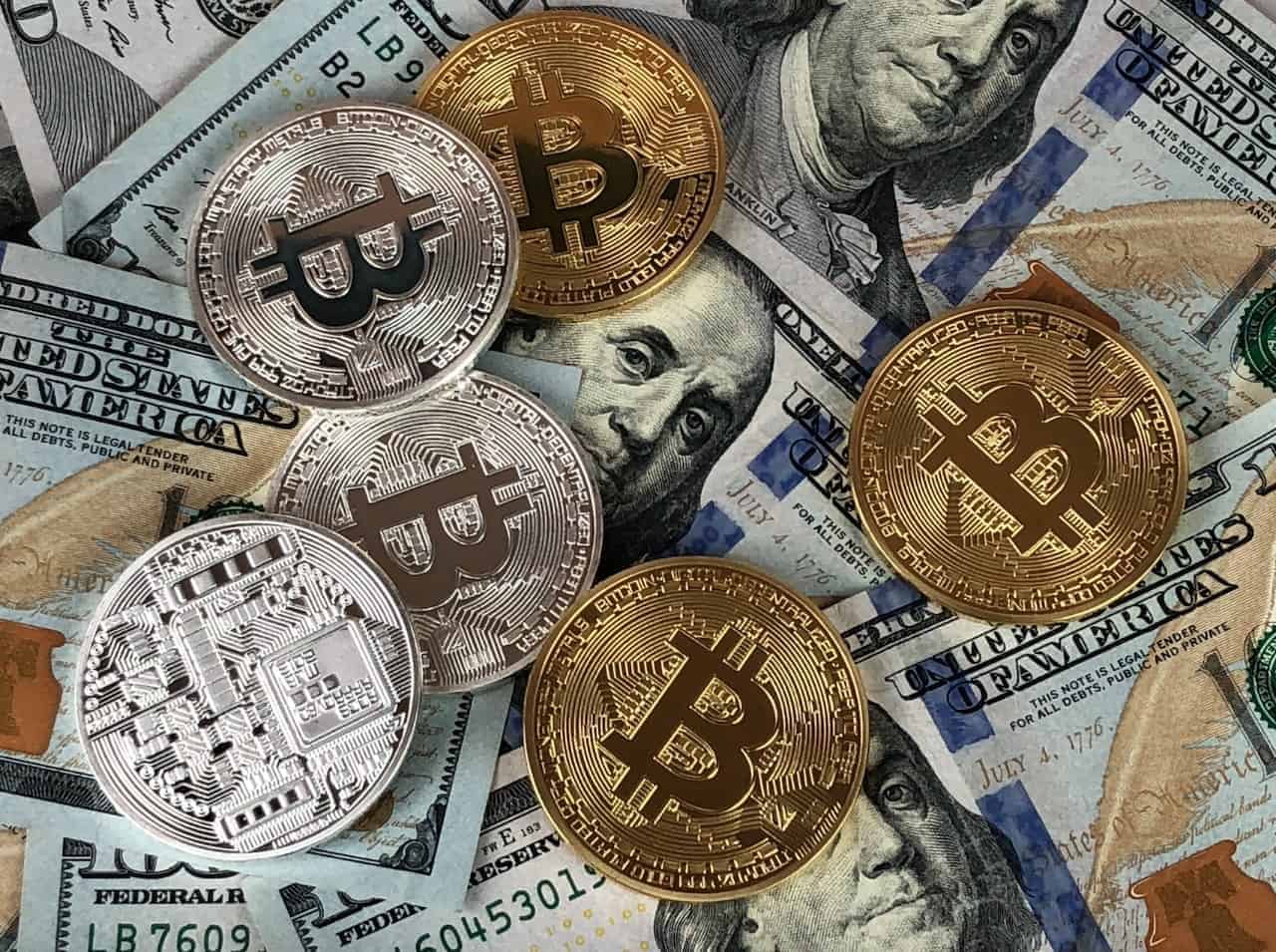Tell me what your burn rate is, and I’ll tell you who you are.
Do not approach an investor if your startup has a sub-optimal burn rate, or they will disappear from your
According to CB Insights, running out of cash is the second most common reason why startups fail. Therefore, private equity investors (with fewer liquidity opportunities than public equity investors) run away when they see companies with unattractive characteristics.
Let’s back up a bit for newbies.
What is the burn rate?
Basically, it’s how much money you’re spending on a monthly basis.
There are two types: gross (spending) and net (losing). Gross burn rate is the sum of all your fixed costs on a monthly basis, while net burn rate adds up your revenue to calculate how much money you need to put into the company to cover the losses.
One of my life maxims (along with “get rich or die tryin’”) is this: “Tell me what your burn rate is and I’ll tell you who you are.”
Let me be clear first: A high burn rate isn’t necessarily a bad thing, especially if you’re able to execute and achieve the proposed milestones.
It’s all about justification and proof: Is your burn rate high? Yes. Are you achieving results because you’re investing heavily, and therefore it’s justifiable? No? Then, you do have an issue.
Now, is a low burn rate always good? No. But it relies on the same dilemma: profit vs growth.
The convenience store down the street is in black numbers already. But profitability at low scale does not mean a thing to most VCs. Red numbers do not scare VCs; it’s part of the job and it’s actually necessary to achieve high-growth companies.
However, there are also red flags: when the expenses stop making sense and those red numbers portray only over-the-top salaries, office luxuries, and worldwide trips without real strategic purposes. Something like this:
As a founder, you risk your autonomy as a manager when VCs start watching you spend a lot on “unimportant” things. They might choose to become a lot more hands on in the company, creating agency issues.
Here are a few ways to know whether your burn rate is too high or too low and how to adjust it.
Essentials
Before subscribing to any type of service, purchasing any asset, or hiring anyone, ask yourself: would my operations be compromised if I don’t do this? If the answer is yes, then by all means, do it! Some expenses are not necessary, and you can’t afford luxuries when your company has not achieved its milestones yet.
Rule of thumb
Fred Wilson’s basic formula for identifying if your burn rate is optimal is as follows: each employee should “burn” a total of US$10,000 every month. And when I say total, I mean including rent, marketing, operational costs, etc.
Make sure this makes sense in your case. US$10,000 might make sense for a SaaS startup operating in Silicon Valley in 2011. But if your startup started in 2018 and is located in Bali, Indonesia, then US$10,000 per month is not a justifiable burn rate.
Moderate hiring
Many entrepreneurs get the hiring frenzy after they’ve received funding. This just means you’ll have to lay off people when money runs out.
Please, do not rely on this strategy and start properly by hiring moderately instead. Bad hires can be costly and can break a company, so be very careful when hiring people. If you need a one-time task done, you could either hire temporary employees or freelancers to help you with the workload.
Remote teams
Consider hiring abroad, particularly in countries where the cost of living is less expensive. This could help you cut costs in office space and actual salaries.
Equity—not cash—is king
Can’t afford the payroll? Include early employees as first investors in your startup by granting them equity. This will improve their motivation, since it is directly correlated to their performance.
Runway
Runway is the amount of time (months) you have left until your bank account is empty.
Here’s an easy way to calculate it:
- Identify how much liquid assets you have (aka cash in the bank).
- Calculate your average monthly expenditure (gross) and your average monthly losses (net).
- Divide the cash over these two.
Runway is something you have to keep in mind on a daily basis since it tells you when you should start raising funds again. Keep your timing in check so you can effectively decide when it’s best to cut costs and/or raise capital.
Optimize working capital
This isn’t usually top of mind when thinking about cutting costs, but it’s one of the most useful strategies to do.
How can you optimize working capital? Pay bills as late as possible and collect payments from your clients sooner. Of course, this is easier said than done. Being a startup and having little leverage over clients and suppliers is a real struggle.
But there are cases where this is possible, and others where it might just be unfeasible (e.g. SaaS companies). Analyze your specific case thoroughly.
The PR myth
For god’s sake, this one might seem like a no-brainer, yet so many people actually do it: you don’t need a PR agency to launch your company. You don’t need a tequila-sponsored pool party to launch your B2B web platform. You don’t need Michael Buble to compose a Christmas song about your product. (I recommend reading Rework for this specific concept.)
***
Keep in mind that these are just general guidelines. As I’ve mentioned, burn rates and runways depend on many variables, and it might be completely different for most startups.
Here are some ideas I’d like to emphasize in this post:
- Burn rates depend on your startup (market, stage, product, location, etc.), so try to consider as many variables as possible before actually jumping into conclusions.
- Burn rates and runways should be calculated on a regular basis. They’re not stagnant, and they should not be. Keep them in mind at all times.
- Find a balance. Low burn rates could slow exponential growth, but high burn rates could mean the company is not being managed properly.
Burn rates provide quick insight about the company’s general management, so make sure it’s not a scary one.
-VC






